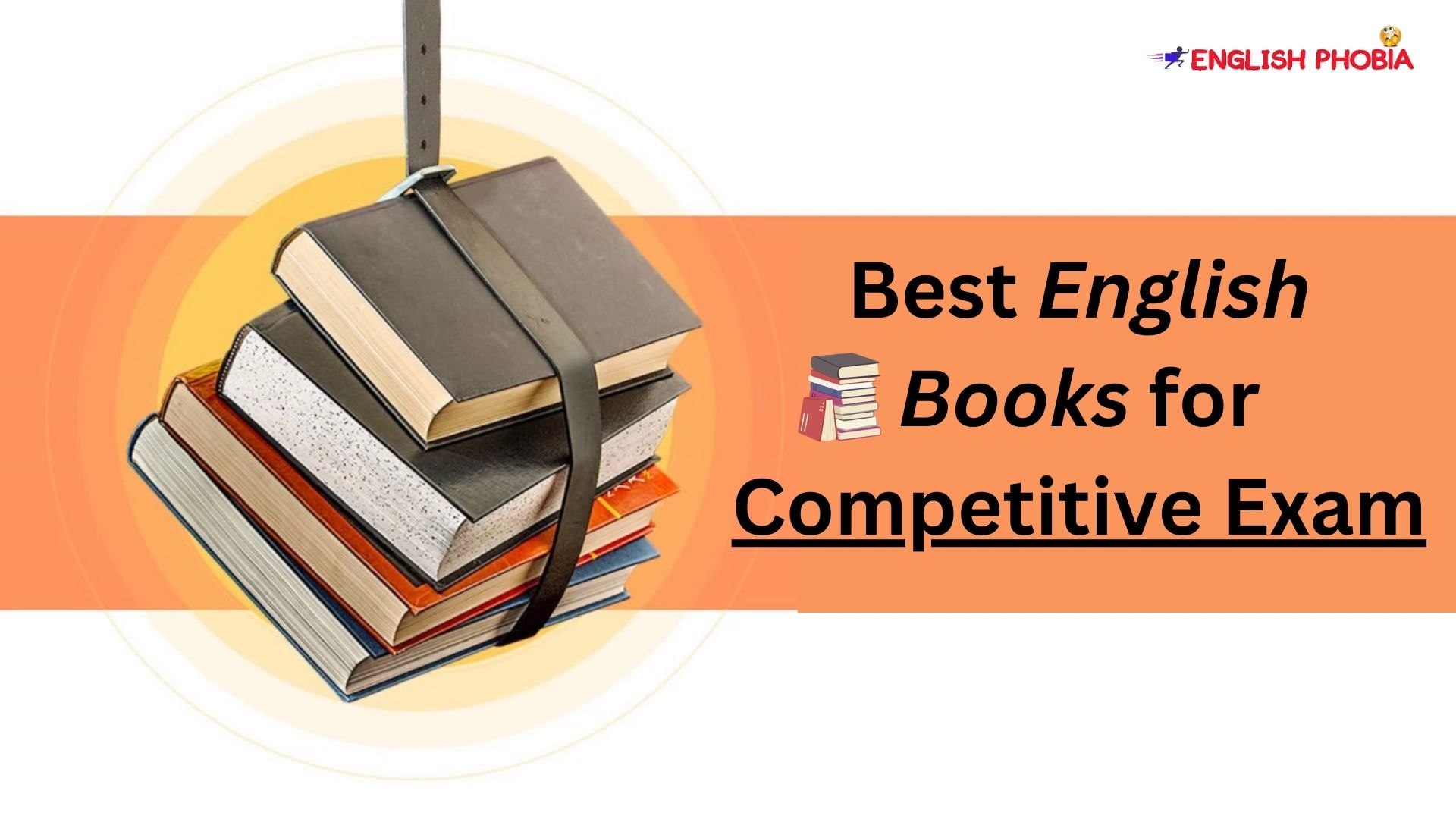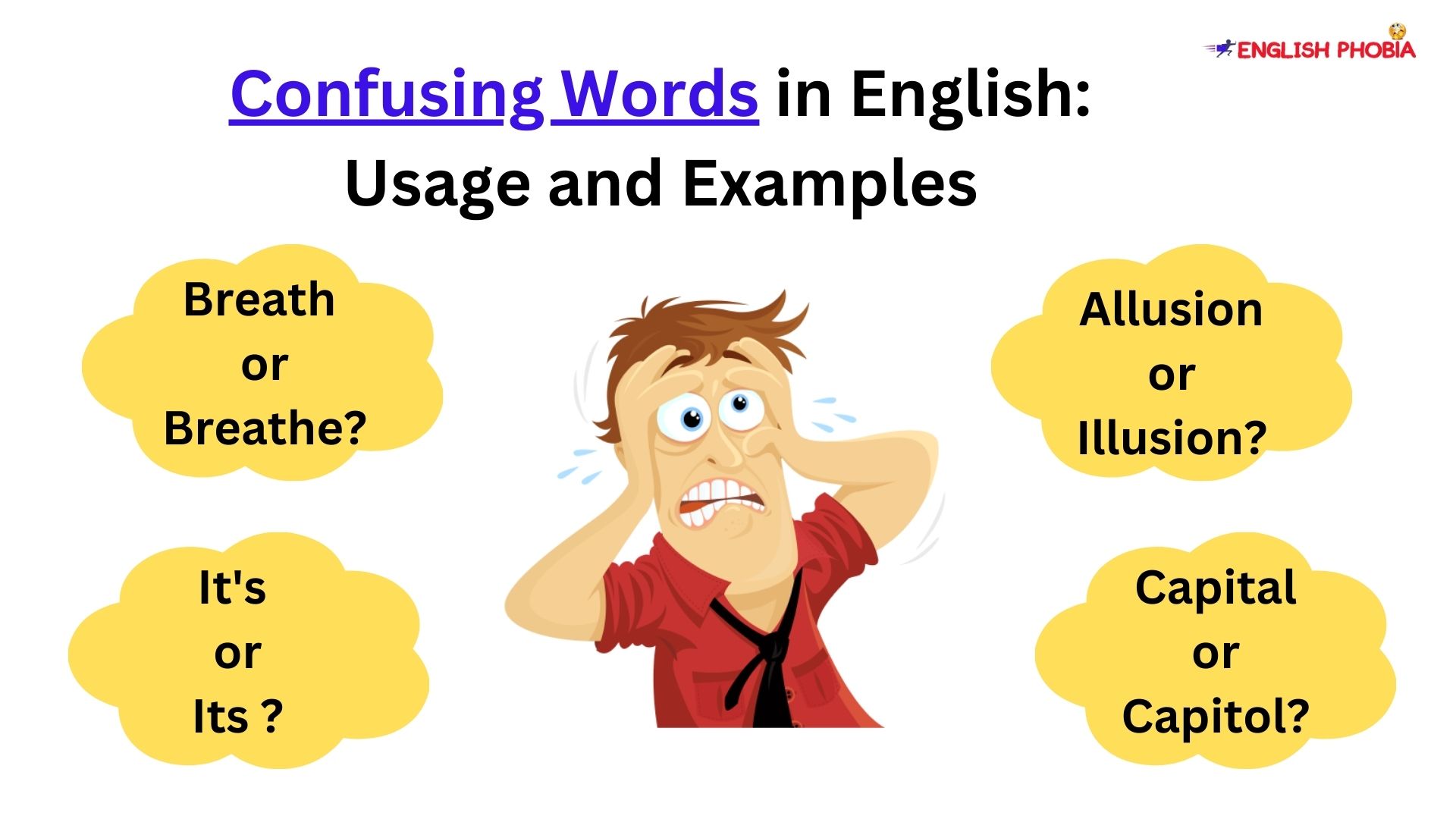I am pretty sure that you would have read the pronoun definition and examples. Pronouns play an important role in language. They replace nouns and make our sentences simple.
In this blog post, we will learn the 5 Pronoun rules for competitive exams. We will also understand the rules behind their usage. After mastering these rules. So, let’s delve into the details and learn these pronoun rules with examples!
1) When using “and” to connect two nouns or pronouns:
When we use “and” to connect two nouns or pronouns, we always use plural verbs and pronouns. This is because “and” indicates a combination of two or more things.
For Examples,
1) Kamal and Roma are going to the park. (Plural subject “Kamal and Roma” requires the plural verb “are”)
2) Romeo and Johan are working on the project together. (Plural subject “Romeo and Johan” requires the plural verb “are”)
2) When using “as well as” to connect two nouns or pronouns:
When we connect two nouns or pronouns using “as well as,” we use the pronoun and verb according to the first subject. The second subject following “as well as” does not affect the verb form. This is a very important rule for Competitive exams.
For Example,
1) Alice, as well as her friends, is going to the party. (Singular subject “Alice” requires the singular verb “is”)
2) The book, as well as the pen, belongs to me. (Singular subject “The book” requires the singular verb “belongs”)
3) When using “Each and Every” to connect two nouns:
When we connect two nouns with “Each and Every,” we use singular verbs and gender according to the last noun. This Pronoun rules for competitive exams ensure the subject and verb agreement rules between them.
For Example,
1) Each student and teacher handles his own work. (Singular subject “Each student and teacher” requires the singular verb “handles”)
2) Every boy and girl should bring her own lunch. (Singular subject “Every boy and girl” requires the singular verb “should”. The gender-feminine for (Girl last subject) pronoun “her”).
4) When using “with” to connect two nouns or pronouns:
When we connect two nouns or pronouns using “with,” we use the verb and pronoun according to the first subject. The second subject following “with” does not affect the verb form.
For Example,
1) Rakesh with her brother is visiting us. (Singular subject “Rakesh” requires the singular verb “is”)
2) The dog with its owner went for a walk. (Singular subject “The dog” requires the singular verb “went”. It needs the possessive pronoun “its”)
5) Learning the use of “Either… or” and “Neither… Nor “:
When using “Either… or” and “Neither… Nor,” we use the verbs and gender according to the last subject. This ensures subject-verb agreement.
For example,
1) Either Kundan or his students are coming to the party. (Plural subject “Sam or his brothers” requires the plural verb “are”)
2) Neither the cat nor the dogs like Bathing. (Plural subject “the cat nor the dogs” requires the plural verb “like”)
Conclusion:
Understanding the Pronoun rules for competitive exams is important for effective communication. By applying these rules correctly, your subjects and verbs agree in number and gender.
Remember to Pronoun rules for SSC CGL, when connecting nouns with “and” or when using “Either… or” and “Neither… Nor.” We need to understand whether the subject is singular or plural. We should use the verb and pronouns accordingly. Only then we will use a correct sentence. Learning these rules will improve your English Grammar.











